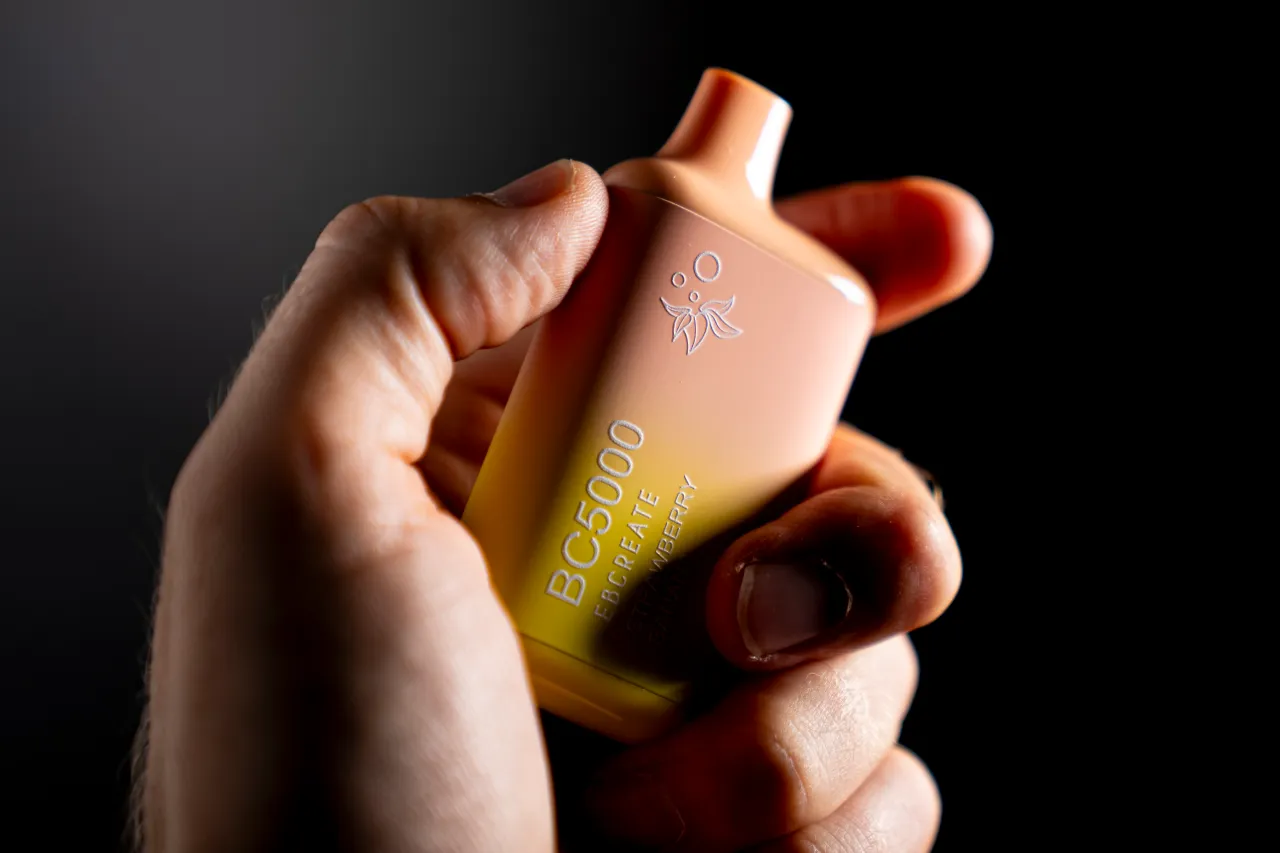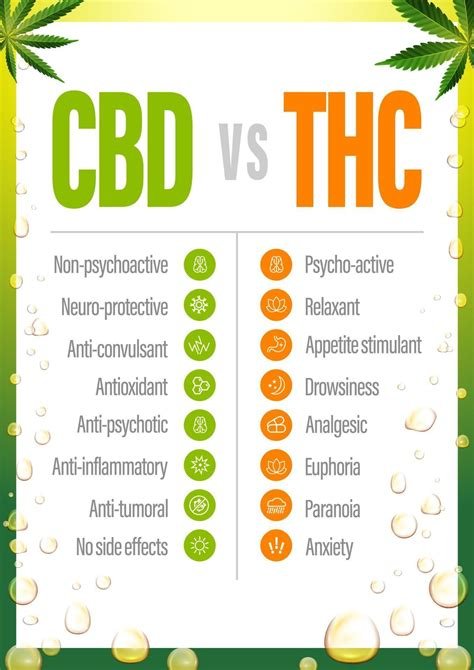Virginia schools are confronting an alarming increase in vaping among students, with a notable shift from nicotine to cannabis products. While nicotine vaping remains a pressing concern, recent data indicates that more students are using marijuana and synthetic cannabis, often during school hours.
Dr. Michelle Peace, a forensic science professor at Virginia Commonwealth University, has been monitoring vaping trends in schools since 2013. Her laboratory collaborates with local school districts to analyze confiscated vaping devices. The results from her studies reveal a troubling trend: in 2019, every one of the 75 confiscated vaping devices examined contained nicotine. However, by mid-2023, 14% of the 107 devices tested included cannabis or synthetic THC. This figure rose to 19% among 253 devices tested just months later. Alarmingly, 2% of the latest batch originated from elementary schools, with one device testing positive for THC.
Dr. Peace emphasizes the misconception that vaping is a safer alternative to smoking. “What people want to believe is that vaping is safer than smoking. But the data is starting to emerge that vapes are causing lung damage. Safer than smoking doesn’t mean safe,” she stated. These vaping devices are not only being used in bathrooms but also on buses and even in classrooms.
The misconceptions surrounding vaping extend to students and their parents, contributing to the problem. Dr. Peace noted, “Kids don’t see what the challenges or the health issues will be. As long as this industry’s narrative is allowed to prevail, kids are just going to continue to believe that.” She advocates for a concentrated effort in education to dispel these myths.
Access to vaping products is another issue. Children often obtain these devices due to lax identification policies at vape shops or from older relatives. Dr. Peace remarked on the industry’s adaptability, stating, “We saw how the industry changed their formulas in response to changing policy,” referencing how the Trump administration’s ban on flavored chemicals in vapes led to immediate changes in product formulations by manufacturers.
The contents of these vaping devices present serious health risks. Dr. Peace’s research has identified high levels of harmful solvents commonly found in industrial products, such as brake cleaners and nail polish remover. She warns that these chemicals are classified as hazardous for inhalation.
As the school year progresses, Dr. Peace and her team will continue to analyze vaping devices. She characterizes the situation as a public health crisis and calls on schools, parents, and lawmakers to take decisive action, focusing on education and stricter enforcement of regulations.
For individuals seeking help to quit vaping or smoking, the Centers for Disease Control and Prevention and the American Lung Association offer various resources. Those looking to stop using cannabis can find support through American Addiction Centers and the Substance Abuse and Mental Health Services Administration, which provides a 24/7 confidential helpline.




